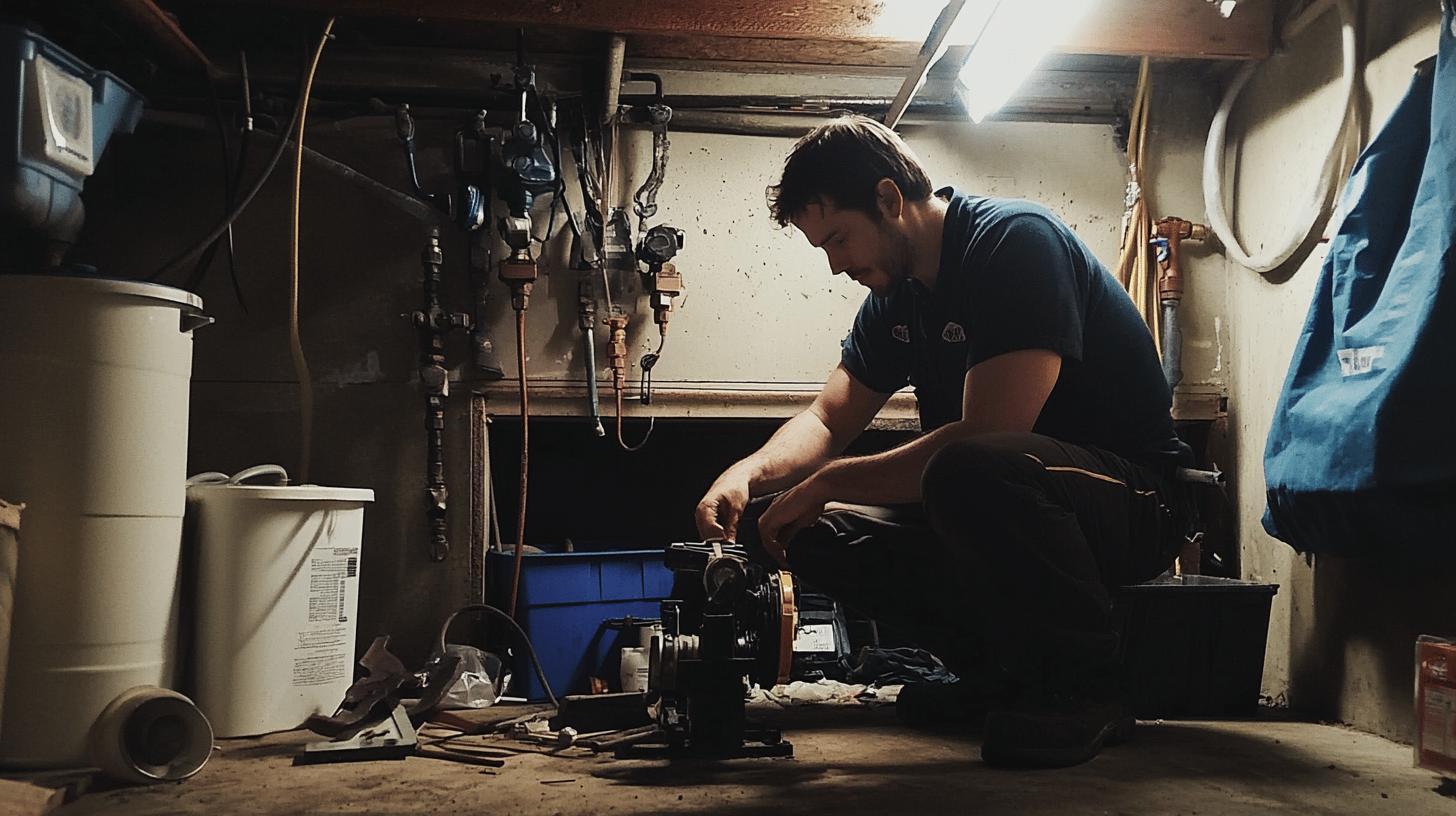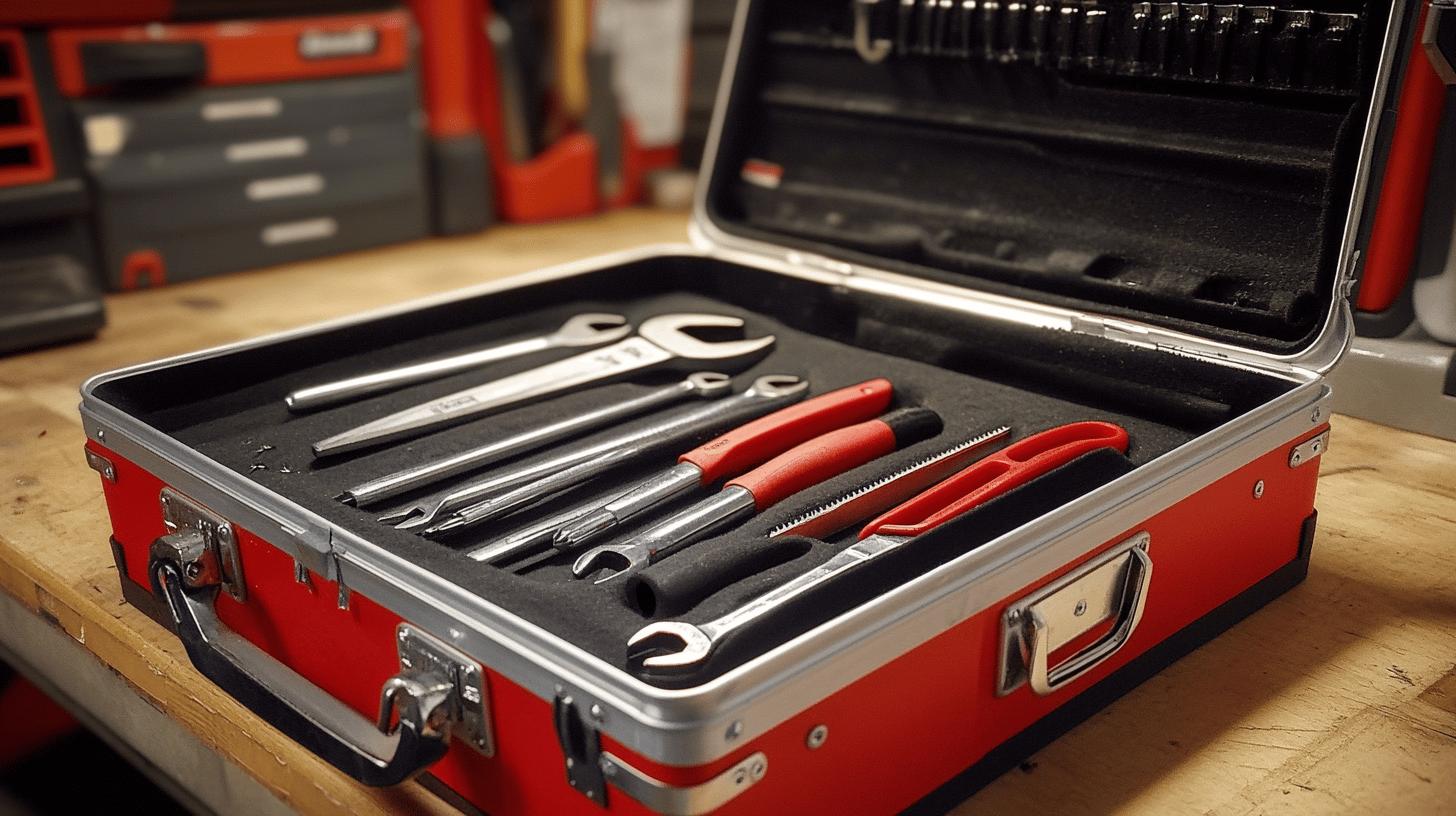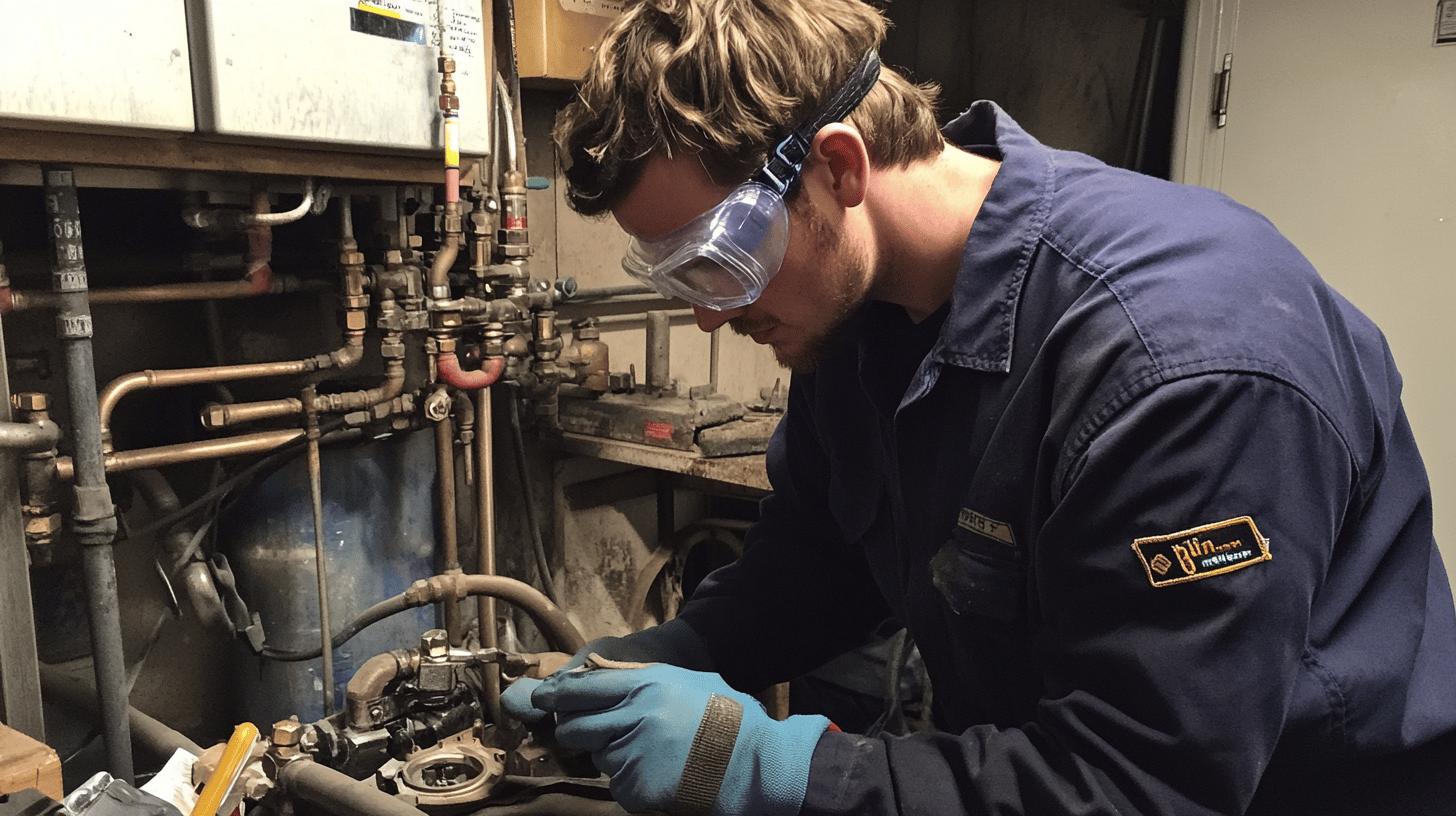TL;DR:
- Water shut off valves can often be repaired if damage is minor (e.g., worn seals).
- Severe corrosion or structural failure usually requires replacement.
- Repairing is generally cheaper than replacement, especially for small parts.
- Tools needed: Phillips screwdriver, adjustable wrench, pliers, and a stem repair kit.
- Steps: Remove handle, loosen retention nut, extract/replace stem, tighten nut, reattach handle, test for leaks.
- Replace if the valve leaks extensively, is hard to use, or shows significant rust.
- Always turn off the main water supply and wear safety gear (gloves, goggles) during repairs.
Can you fix a water shut-off valve, or do you have to replace it? It’s a common question for homeowners dealing with plumbing problems. Shut-off valves are super important, and acting quickly when they fail can save water and money. This guide breaks down common valve problems, shows when repairs are possible, and offers DIY tips. By the end, you’ll know whether to fix or replace your valve with confidence.
Can a Water Shut Off Valve Be Fixed?
You can often repair a water shut-off valve, but it depends on how bad the damage is and the type of valve. If the problem is minor, like a worn-out washer or seal, a quick fix might do the trick. However, if the valve is heavily corroded or broken, replacing it might be your only option.
Repairs are usually cheaper than buying a new valve, especially if the issue is small. But for older or badly damaged valves, replacement is the smarter move. To be sure, ask a plumber to check it out. They’ll let you know if it’s worth fixing or if a new valve is the better choice.
Assessing the Repair Feasibility of a Water Shut Off Valve

Valves with minor problems, like worn seals or small leaks, can often be repaired. But if there’s serious corrosion or damage, replacing the valve might be the better choice. Knowing the valve type and the exact issue helps you decide whether to repair or replace it.
Repairs are usually cheaper than replacements, especially for things like washers or seals. If you’re dealing with leaks or a hard-to-turn valve, fixing it might save you money. However, if the valve is old or badly damaged, replacing it could be the smarter move for long-term reliability.
Getting advice from a professional plumber can make a big difference. They can inspect the valve, figure out if it’s worth fixing, and provide a cost estimate. This helps you avoid wasting time and money on a repair that might not last.
Step-by-Step Guide to Repairing a Water Shut Off Valve
Repairing a water shut off valve requires the right tools and safety measures. You’ll need a Phillips screwdriver, an adjustable wrench, and pliers. A stem repair kit, with washers and gaskets, is often necessary. Always turn off the main water supply before starting to prevent discharge, and flush fixtures to reduce pressure.
-
Remove the Handle: Use a Phillips screwdriver to loosen and remove the screw at the handle’s center. Carefully take off the handle to reach valve components.
-
Loosen the Retention Nut: With an adjustable wrench, loosen and remove the retention nut securing the valve stem.
-
Extract the Old Stem: Gently pull out the old stem. A bit of wiggling may be needed if it’s stuck from corrosion.
-
Install the New Stem: Use the kit to insert a new stem into the valve body. Properly position the rubber washer to prevent leaks.
-
Tighten the Retention Nut: Secure the new stem by tightening the nut with the wrench. Ensure snugness without overtightening.
-
Reattach the Handle and Test: Reattach the handle with the screw, turn on the water supply, and test for operation and leaks.
After reassembly, check for leaks once water is restored. Inspect the valve during first uses to ensure everything functions well. If leaks persist, check the nut’s tightness and washer positioning. Regular monitoring confirms repair effectiveness and maintains valve reliability.
Essential Tools for Valve Repair

Having the right tools is crucial when fixing a valve. Essential items include a Phillips screwdriver, an adjustable wrench, and pliers. These tools help remove and secure parts like the valve handle and retention nut efficiently, minimizing further damage.
- Replacement stems
- Rubber washers
- Gaskets
Valve repair kits with these items are easily found at hardware stores. These kits provide replacement parts to address common issues like leaks. Look for tools and kits at local hardware chains or online stores with options for different valve types. These resources ensure you have the supplies needed for a thorough repair.
When to Consider Replacement Over Repair
You’ll need to replace a shut-off valve if it’s badly corroded or beyond repair. If the valve leaks a lot, is tough to turn, or shows rust, it’s probably time for a replacement. When the valve’s structure is damaged or past repairs, a new one will ensure things work smoothly and prevent water damage.
Cost plays a big role in deciding whether to repair or replace. If the problem is small, like a worn washer or seal, repairing is cheaper. But if the cost of repairs is nearly as much as a new valve, replacing it might be the better option for the long run. A plumber can help you assess the situation and provide a cost estimate to make the best decision.
| Criteria | Repair | Replacement |
|—————————|————————-|—————————|
| Condition of Valve | Minor leaks or wear | Severe corrosion or damage|
| Cost | Lower for minor issues | Higher initial cost |
| Professional Assessment | May recommend repair | Often advises replacement |
Safety Precautions During Valve Repair

Safety is crucial when repairing a valve. Always shut off the main water supply to prevent discharge. This prevents water damage and maintains control. Use protective gear like gloves and goggles. Gloves protect hands from sharp tools, while goggles shield eyes from debris.
- Turn off the main water supply.
- Wear protective gloves.
- Use safety goggles.
- Handle tools carefully.
These precautions prevent accidents and ensure a smooth repair process. By prioritizing safety, you reduce injury risk and enhance repair efficiency.
Final Words
Dealing with issues like leaks, corrosion, or difficulty turning your water shut-off valve can be stressful. The best way to handle it is by catching problems early, doing regular checks, and knowing when a valve can be repaired.
While many valves can be fixed, it’s often smarter to call in a professional for a guaranteed solution. Knowing when to repair or replace the valve helps keep your plumbing in top shape.
With the right tools and safety steps, you’ll be ready to tackle valve issues confidently. Staying on top of your plumbing will keep things running smoothly and save you from bigger headaches later.
FAQ
Q: How do you fix a broken water shut-off valve?
In order to fix a broken water shut-off valve, turn off the main water supply, remove the handle, replace the stem using a repair kit, and test the valve for leaks.
Q: How much does it cost to fix a water shut-off valve?
The cost to fix a water shut-off valve varies widely but typically ranges from $50 to $150, depending on parts and labor.
Q: Who is responsible for replacing the main water shut-off valve?
Generally, homeowners are responsible for replacing the main water shut-off valve inside their property. Contact your water utility for any valve outside your home.
Q: How do you fix a stuck shut-off valve?
To fix a stuck shut-off valve, apply penetrating oil to loosen it, use an adjustable wrench to turn gently, or replace it if necessary.
Q: How can you replace a water shut-off valve on a copper pipe?
Replacing a water shut-off valve on a copper pipe involves cutting the pipe, removing the old valve, and soldering or using a compression fitting to install the new one.
Q: What tools are needed for valve repair?
Basic tools for valve repair include a Phillips screwdriver, adjustable wrench, and pliers. Valve repair kits, available at hardware stores, usually include stems and washers.
Q: When should you replace a shut-off valve instead of repairing it?
You should consider replacing a shut-off valve if it is severely corroded, leaking significantly, or beyond simple repair. Professional guidance can ensure the best decision.
Q: What safety precautions should you take during valve repair?
Always shut off the main water supply, wear protective gear like gloves and goggles, and be cautious with tools to prevent accidents during repair.

